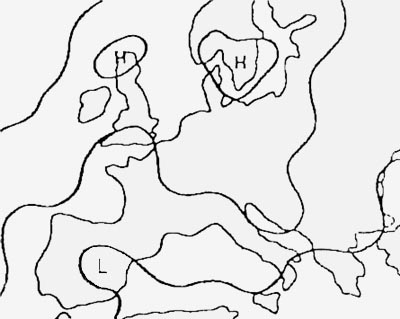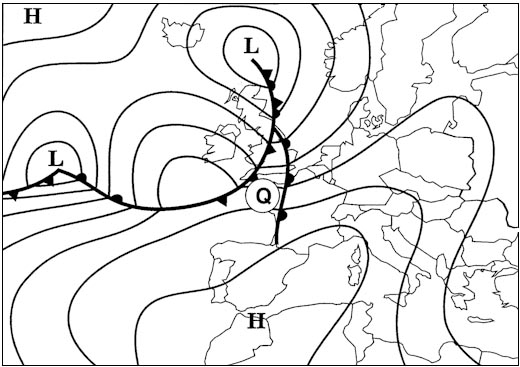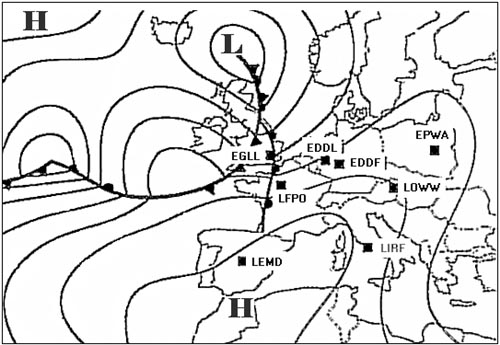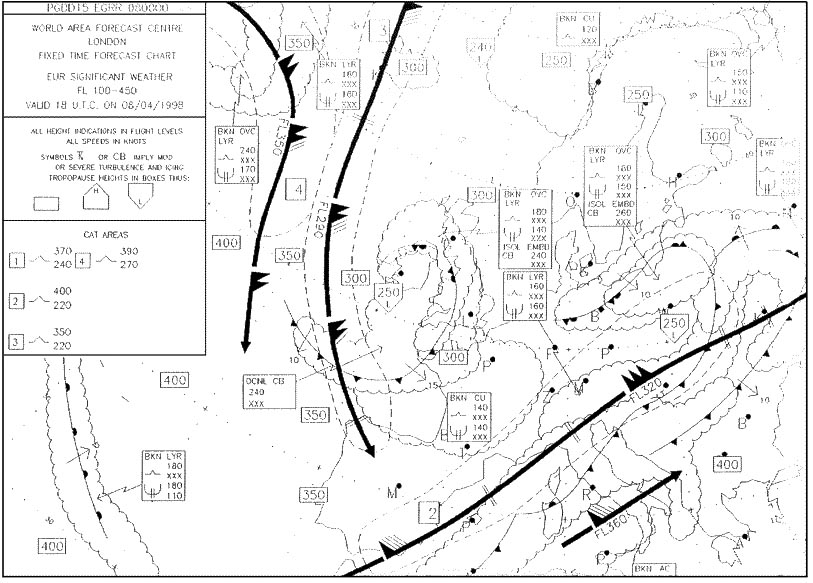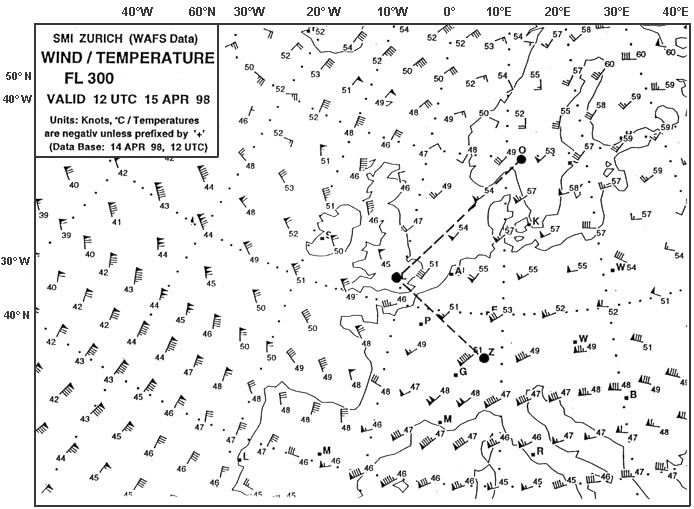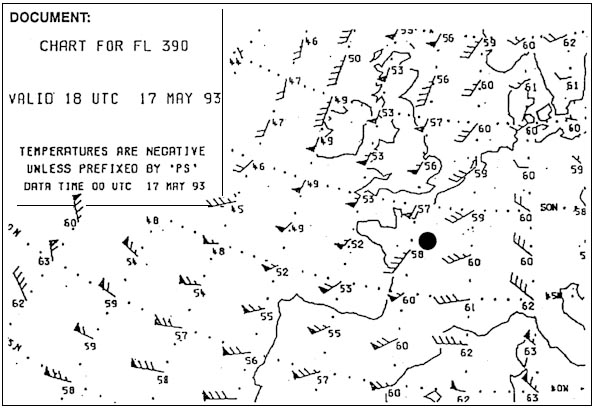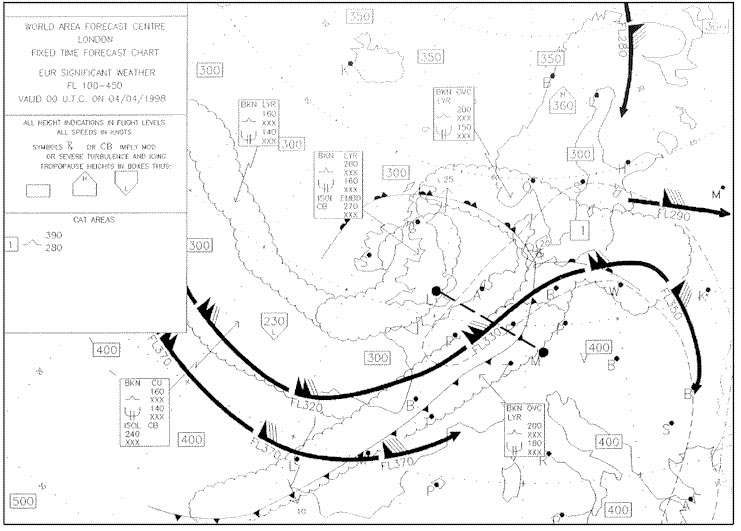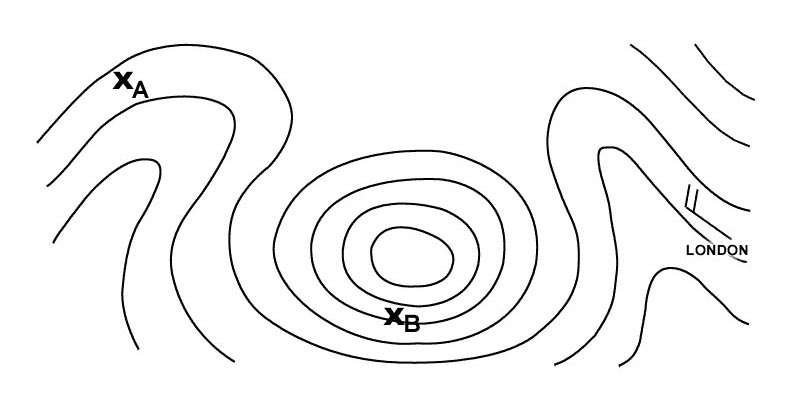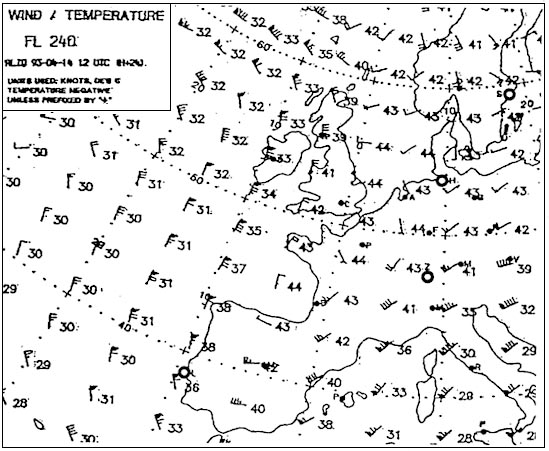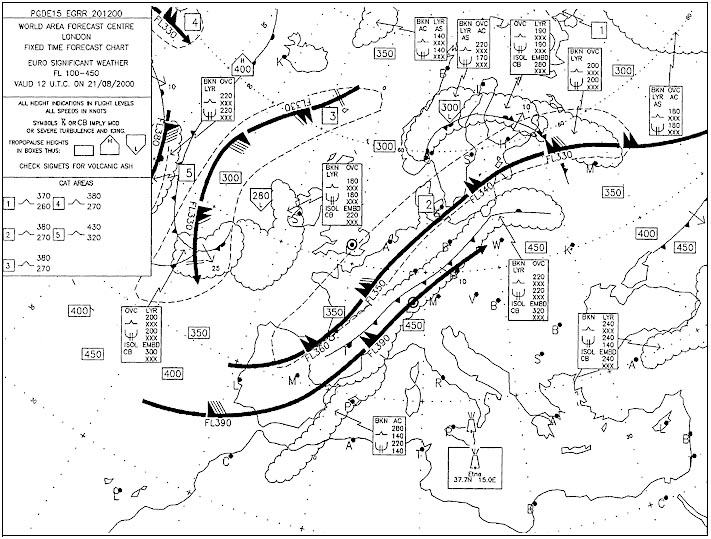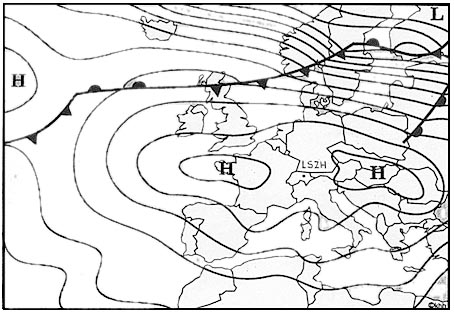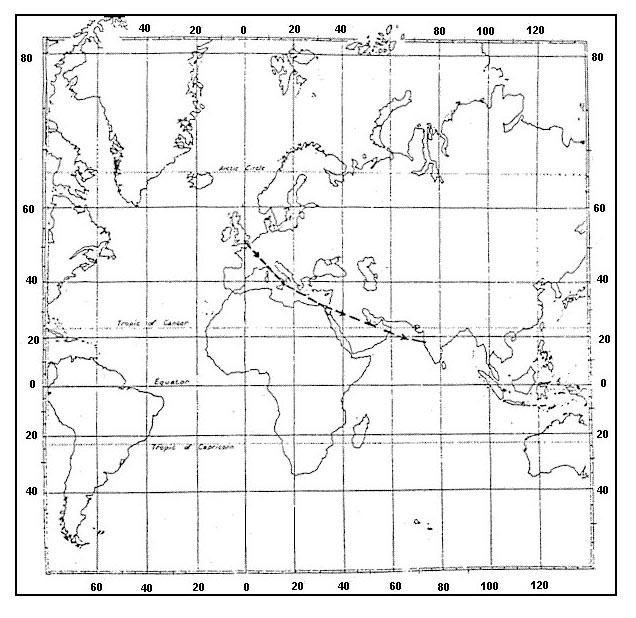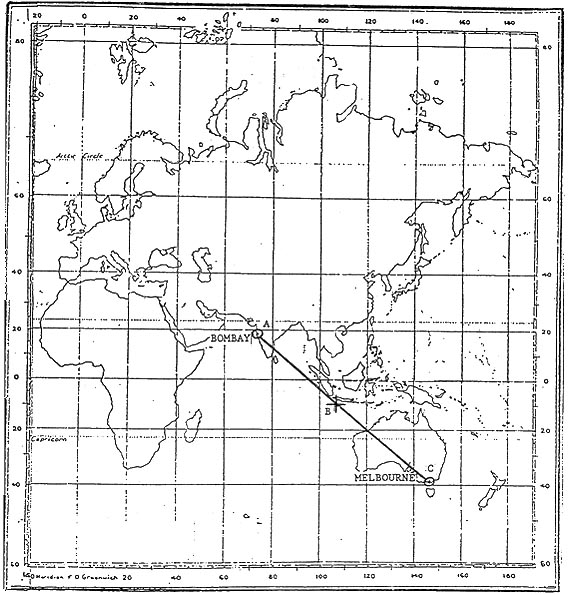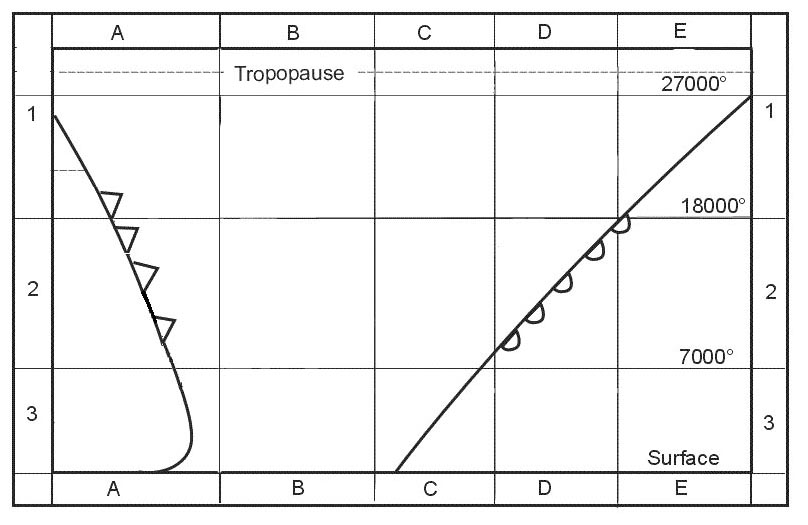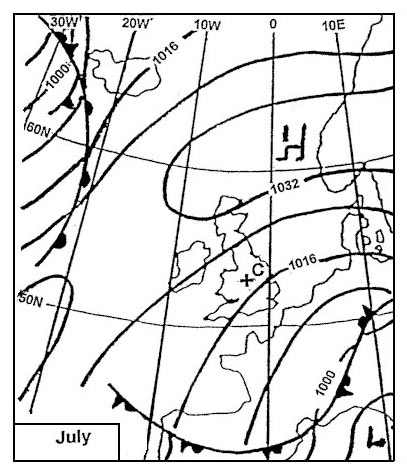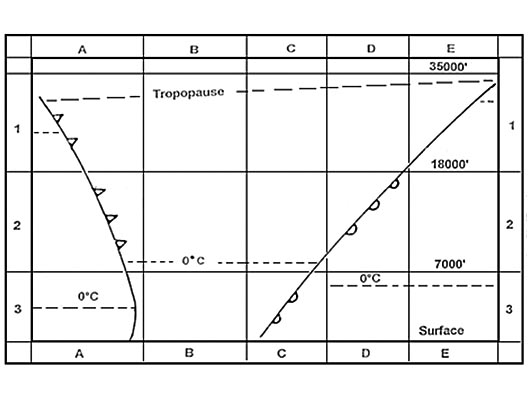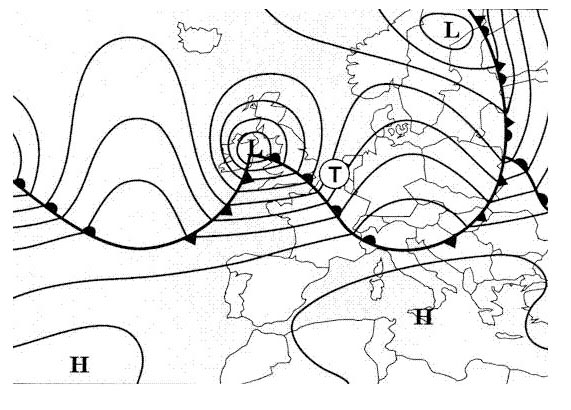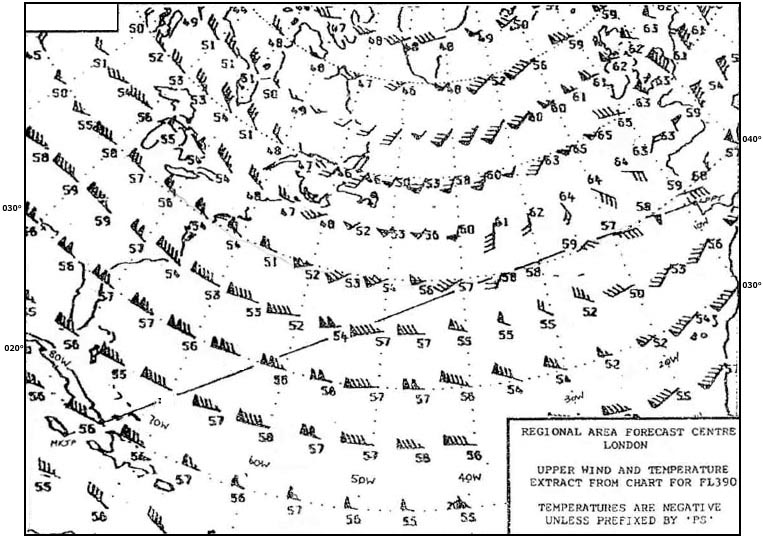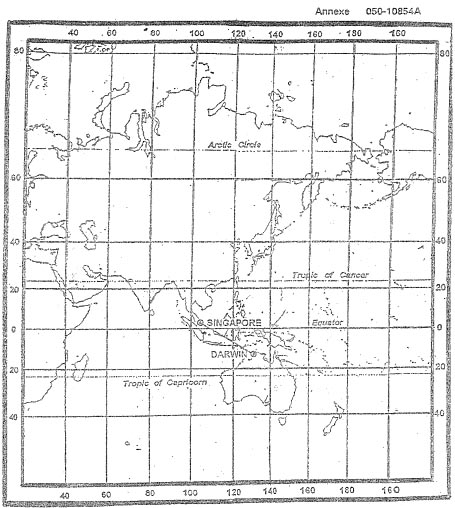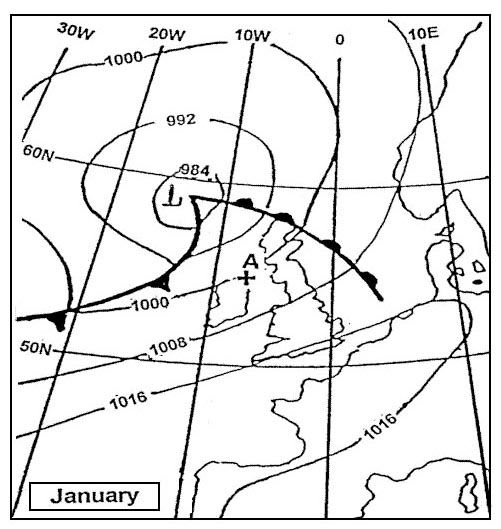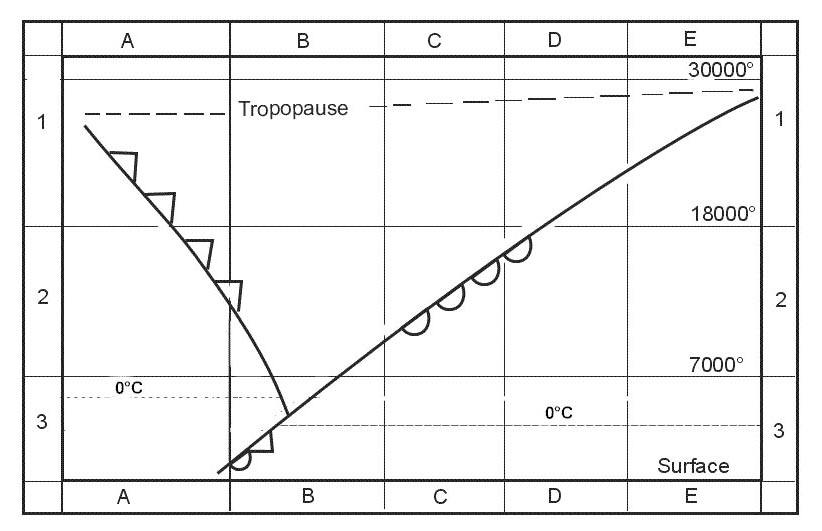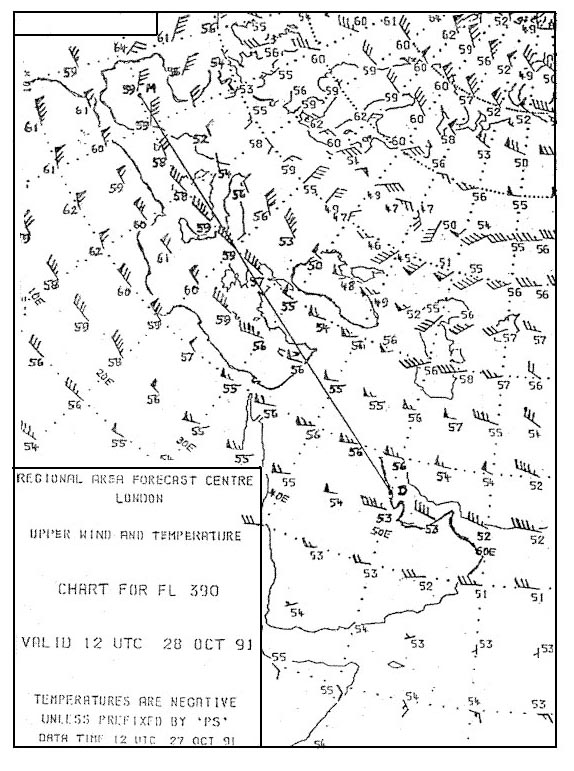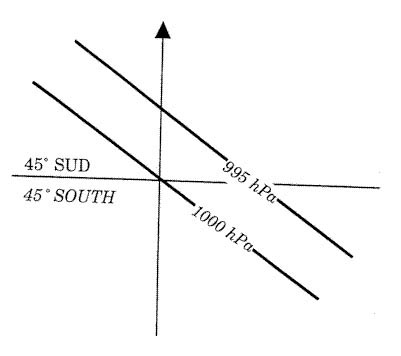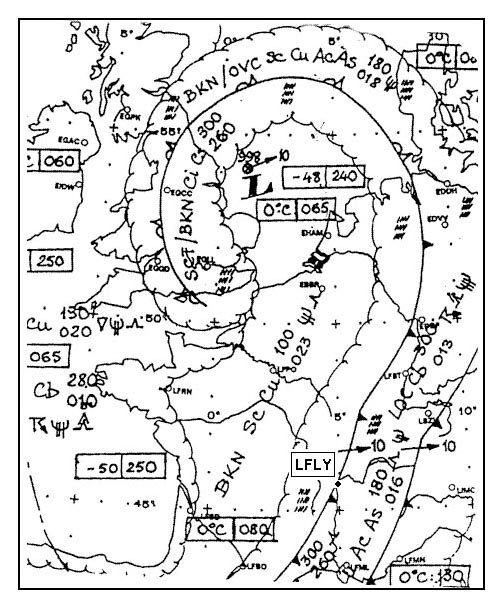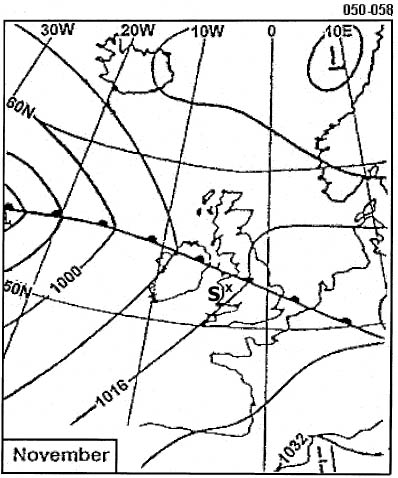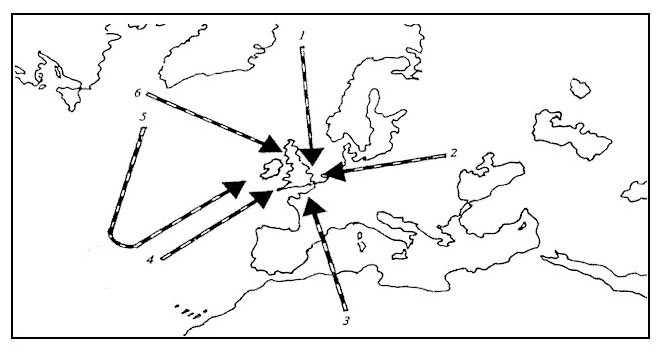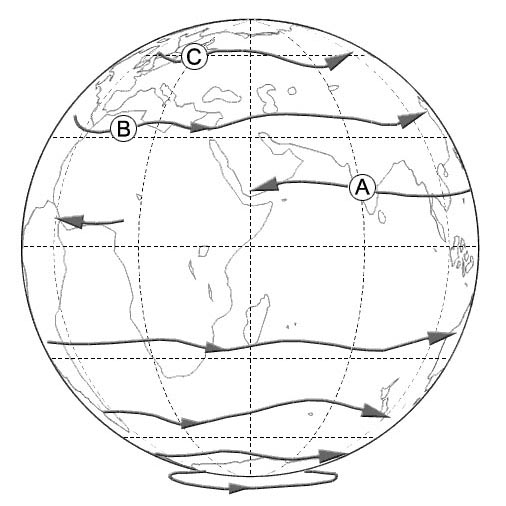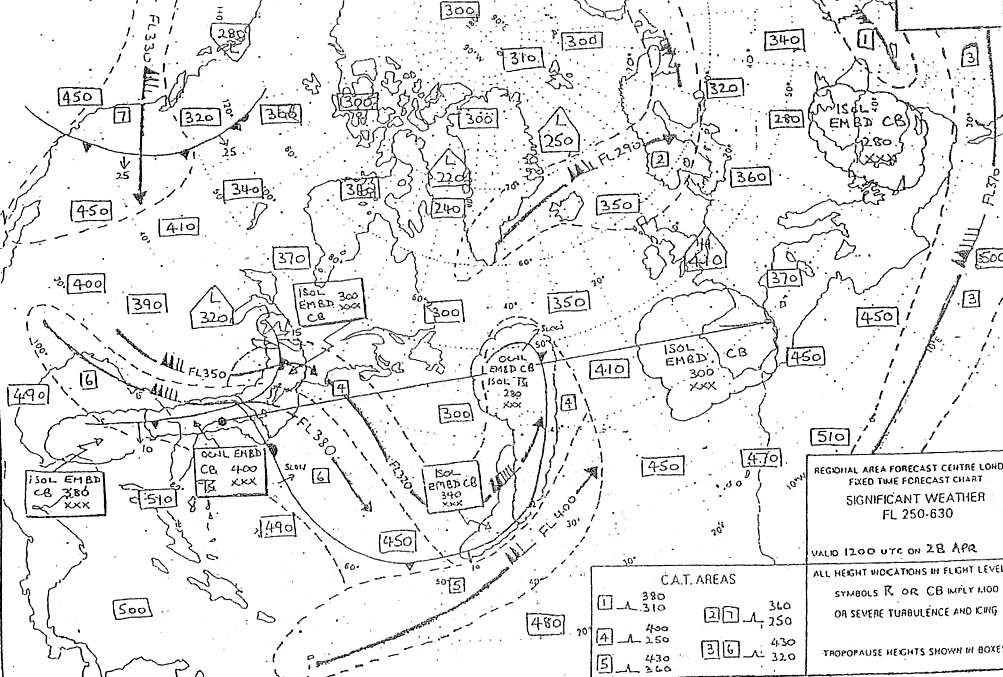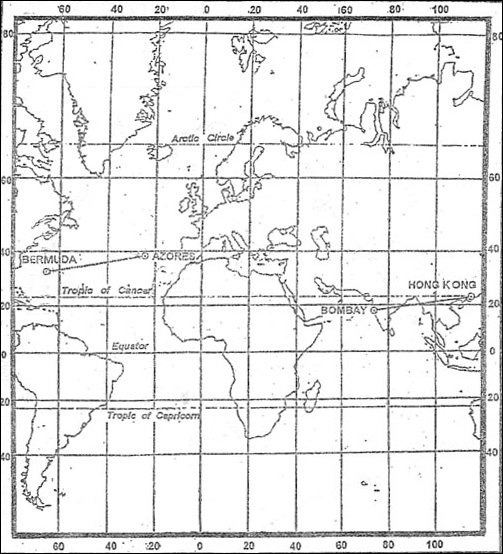Question 153-1 : The polar front is ? [ Learning aircraft ]
Question 153-2 : What are the typical differences with regard to the temperature and humidity between an air mass with its origin in the azores and an air mass with its origin over northern russia ?
Question 153-3 : Where is the source of continental tropical air that affects europe in summer ?
Question 153-5 : What type of fronts are most likely to be present during the winter in central europe when temperatures close to the ground are below 0°c and freezing rain starts to fall ?
Warm fronts warm occlusions
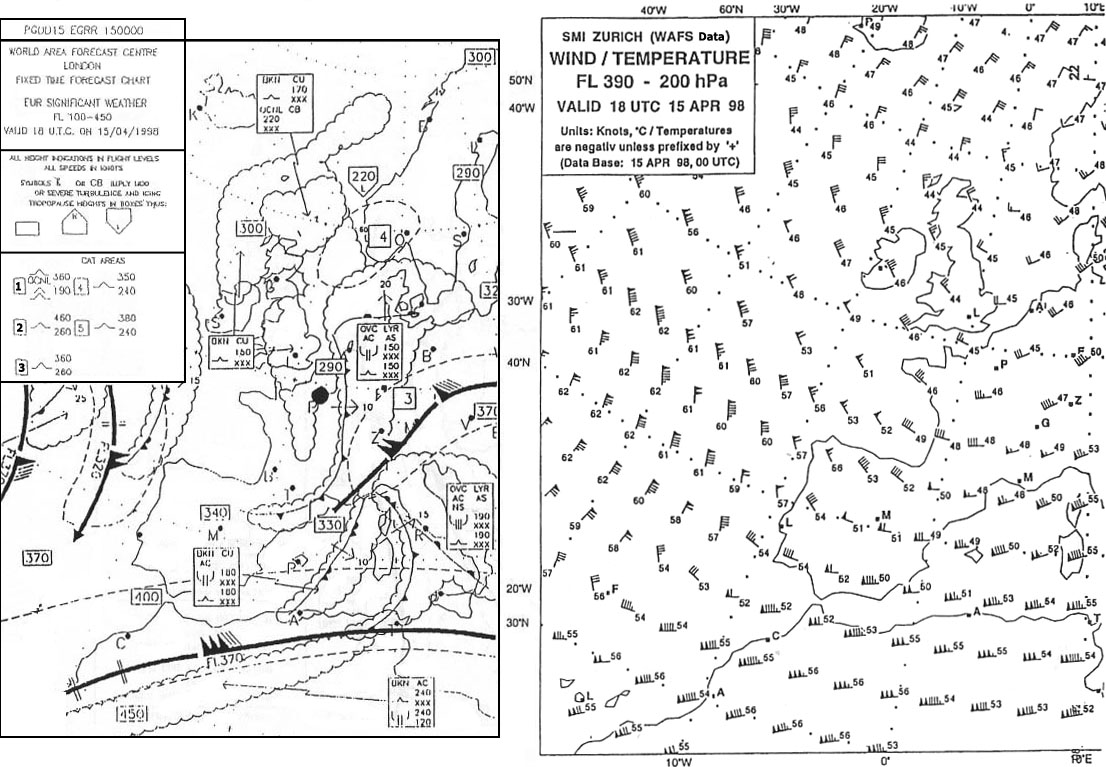
Question 153-6 : Which of the following conditions are you most likely to encounter when approaching an active warm front at medium to low level ?
Question 153-7 : During a cross country flight at fl 50 you observe the following sequence of clouds nimbostratus altostratus cirrostratus cirrus which of the following are you most likely to encounter ?
Question 153-8 : What cloud formation is most likely to occur at low levels when a warm air mass overrides a cold air mass ?
Question 153-9 : The approximate inclined plane of a warm front is ?
Question 153-10 : What type of low pressure area is associated with a surface front ?
Polar front low
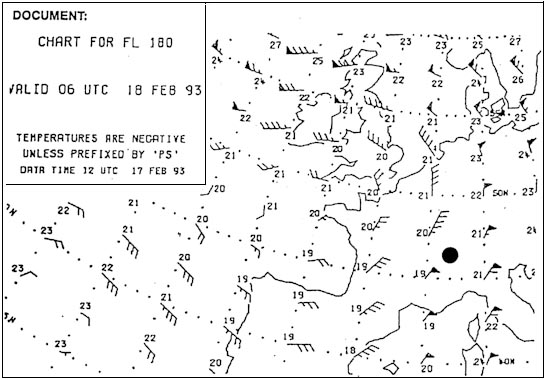
Question 153-11 : In which approximate direction does the centre of a non occluded frontal depression move ?
Question 153-12 : Where is the coldest air to be found in an occlusion with cold front characteristics ?
Question 153-14 : What weather conditions are prevalent during the summer over the north sea approximately 300 km behind a quickly moving cold front ?
Question 153-15 : What is the surface visibility most likely to be in a warm sector of maritime tropical air during a summer afternoon in western europe ?
Question 153-16 : After passing at right angles through a very active cold front in the direction towards the cold air what will you encounter at fl 50 in the northern hemisphere immediately after a marked change in temperature ?
A veering in the wind direction
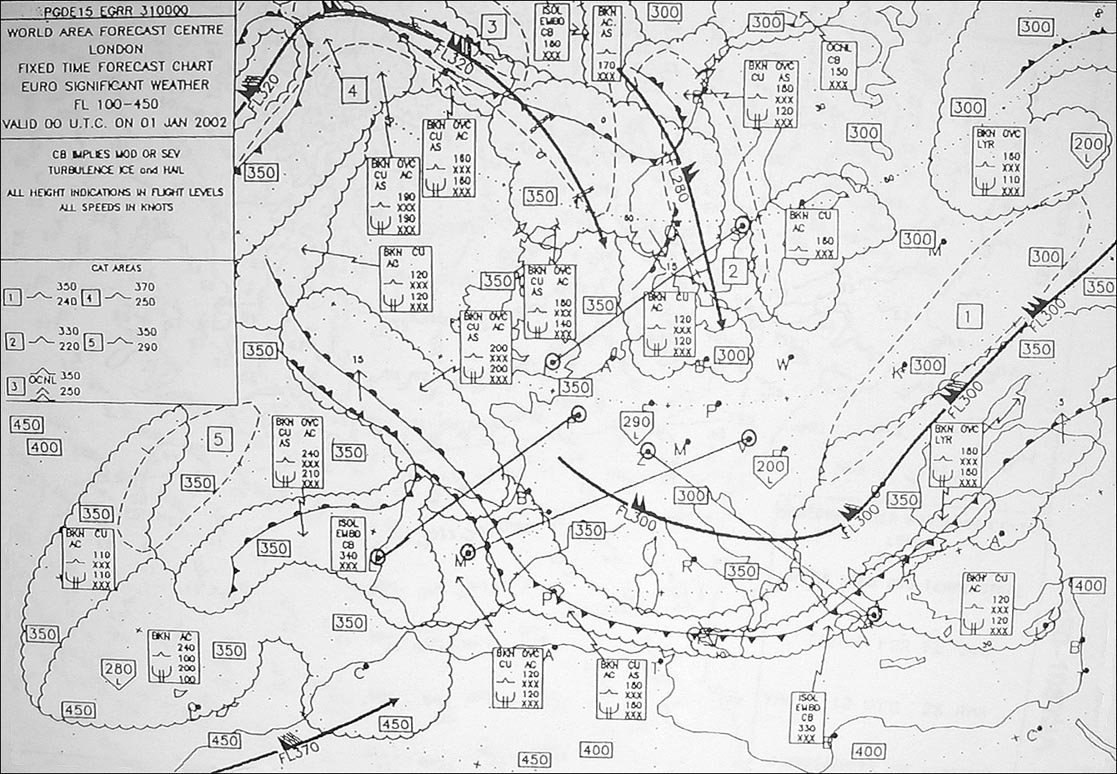
Question 153-17 : Which one of the tracks dashed lines is represented by the cross section shown on the left . 258 ?
Question 153-18 : Which cross section of air mass and cloud presentation is applicable to the straight line a b . 259 ?
Question 153-19 : Refer to the diagram assuming the usual direction of movement where will this polar frontal wave have moved . 260 ?
Question 153-20 : What is the classification of the airmass affecting position 'q' at 0600 utc . 261 ?
Question 153-21 : In which of the following regions does maritime polar air originate ?
Question 153-22 : In which of the following situations can freezing rain be encountered ?
Question 153-23 : How do air masses move at a warm front ?
Question 153-24 : What type of precipitation would you expect at an active unstable cold front ?
Question 153-25 : What is the relative movement of the two air masses along a cold front ?
Question 153-26 : What cloud cover is typical for a wide warm sector of a polar front depression over central europe in the summer ?
Question 153-27 : Which of the following describes a warm occlusion ?
The coldest air mass is ahead of the original warm front
Question 153-28 : When do cold occlusions occur most frequently in europe ?
Question 153-29 : In which main direction does a polar front depression move ?
Question 153-30 : What change in pressure will occur at point a during the next hour . 263 ?
Question 153-31 : What is the most likely cause of a lack of clouds at higher levels in a stationary high ?
Question 153-34 : How are the air masses distributed in a cold occlusion ?
Question 153-35 : What characterizes a stationary front ?
The surface wind usually has its direction parallel to the front
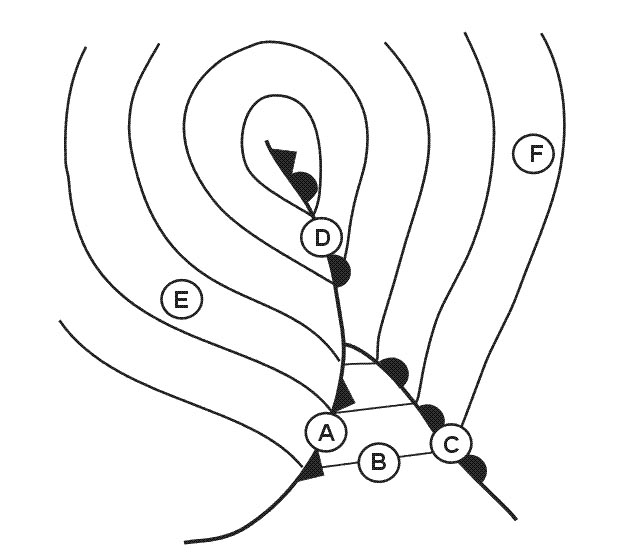
Question 153-36 : In an intense trough of low pressure over iceland during wintertime the weather likely to be experienced is ?
Strong wind shear convection and snow showers
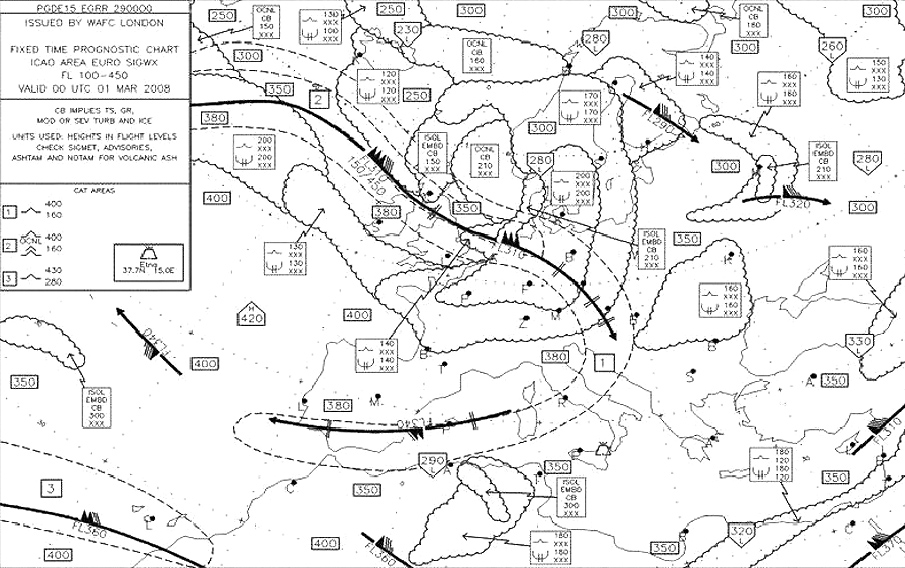
Question 153-37 : Where are you likely to find the strongest winds close to the ground ?
In the transition zone between two air masses
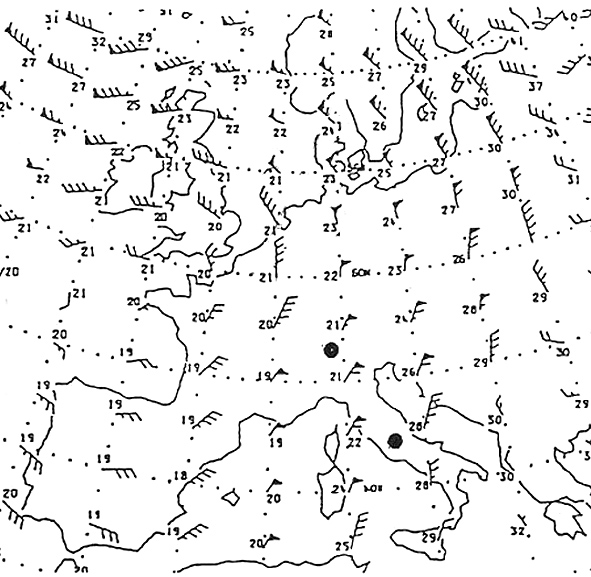
Question 153-38 : An aircraft flying in the southern hemisphere at 2000 feet has to turn to the right in order to allow for drift in which direction relative to the aircraft is the centre of low pressure ?
In front
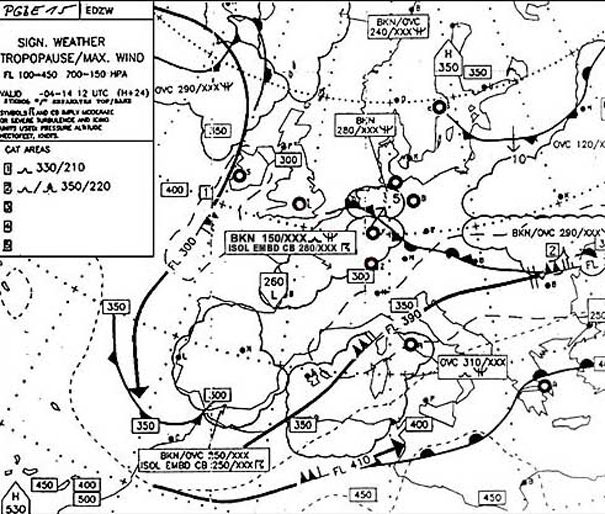
Question 153-39 : Between which latitudes are you most likely to find the subtropical high pressure belt ?
Question 153-40 : 'after such a fine day the ring around the moon was a bad sign yesterday evening for the weather today and sure enough it is pouring down outside the clouds are making an oppressively low ceiling of uniform grey but at least it has become a little bit warmer' .which of these weather phenomena is ?
~
Exclusive rights reserved. Reproduction prohibited under penalty of prosecution.
6079 Free Training Exam


